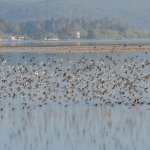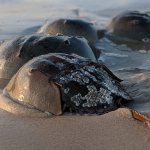As part of World Environment Day last month, along the entry road to the General Daniel Cerri Fishing and Nautical Club in Puerto Cuatreros, the first signage was installed to declare the Bahía Blanca Estuary’s status as a WHSRN Site of Regional Importance.
The site was added to the Network in 2016, for supporting more than 20,000 shorebirds per year and more than 1% of the biogeographic population of species such as Red Knot (Calidris canutus rufa), White-rumped Sandpiper (Calidris fuscicollis), Hudsonian Godwit (Limosa haemastica), Two-banded Plover (Charadrius falklandicus), and American Oystercatcher (Haematopus palliatus dunfordi).
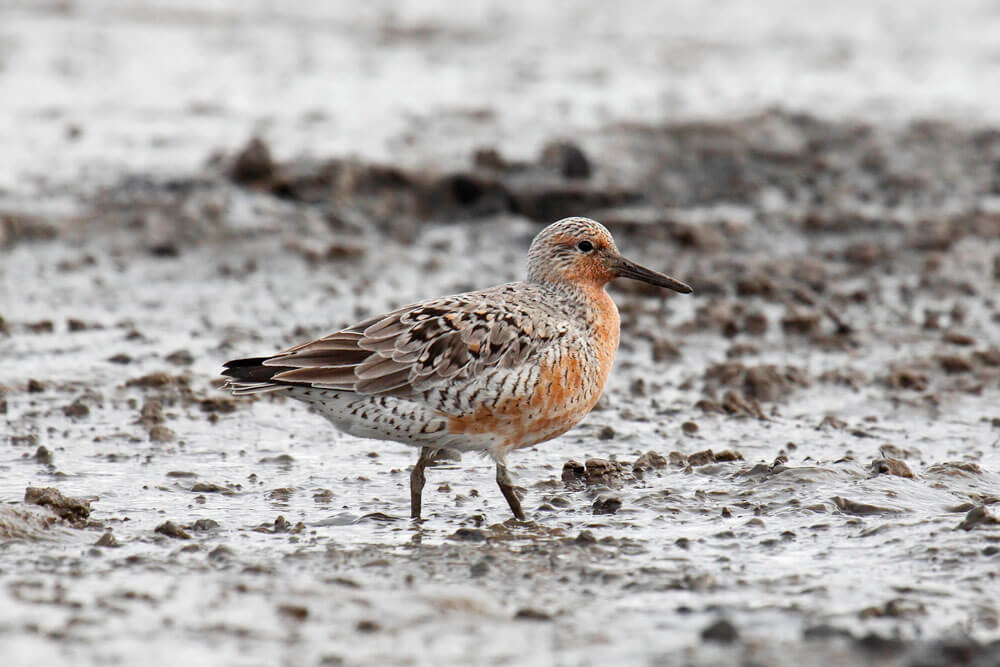
A Red Knot at the Bahía Blanca Estuary WHSRN Site. Photo: Pablo Petracci.
The Bahía Blanca Estuary, also known locally as “Ría de Bahía Blanca,” is one of the most extensive natural marine systems in the Southern Cone, covering 2,300 square kilometers. It is a coastal wetland of unique geographical and biological characteristics, considered one of the most important of its kind in Argentina.
The WHSRN Site encompasses the entire ecosystem of the Bahía Blanca Estuary, located in the southwest of Buenos Aires province, including the districts of Coronel Rosales, Bahía Blanca, and Villarino, and extending through national, provincial, municipal, and private domain. The site includes six subsites: the Bahía Blanca Natural Provincial Reserve, Bahía Falsa and Bahía Verde, the Natural Provincial Resersve Islote de la Gaviota Cangrejera, the Costera de Bahía Blanca Municipal Nature Reserve, the Pareja-Isla Cantarelli Stream Natural Area, Villa del Mar Wetlands and the Cuatreros Wetlands Coastal Reserve, all the in the province of Buenos Aires.
Currently, key local actors such as the Municipalities of Bahía Blanca and Coronel Rosales, the Management Consortium of Puerto Rosales, the Provincial Agency for Sustainable Development (OPDS in Spanish), the General Daniel Cerri Fishing and Nautical Club, and – more recently – the Management Consortium for the Port of Bahía Blanca, all participate in the process of managing the area.
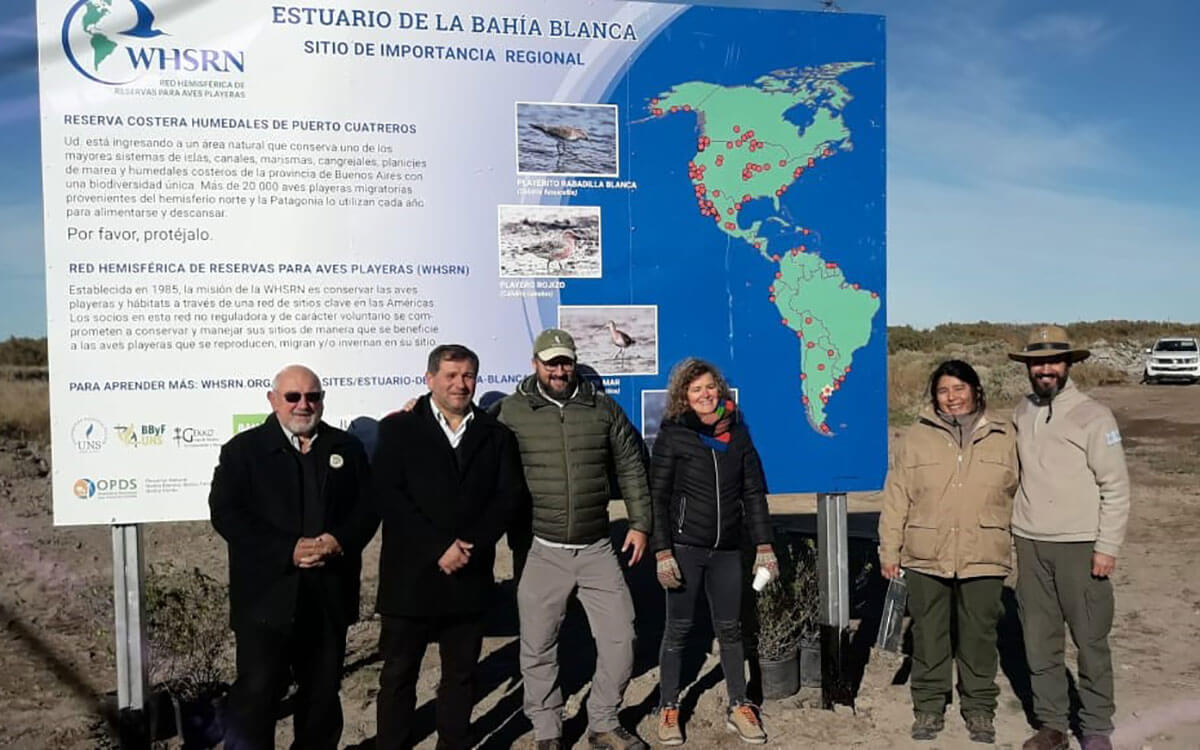
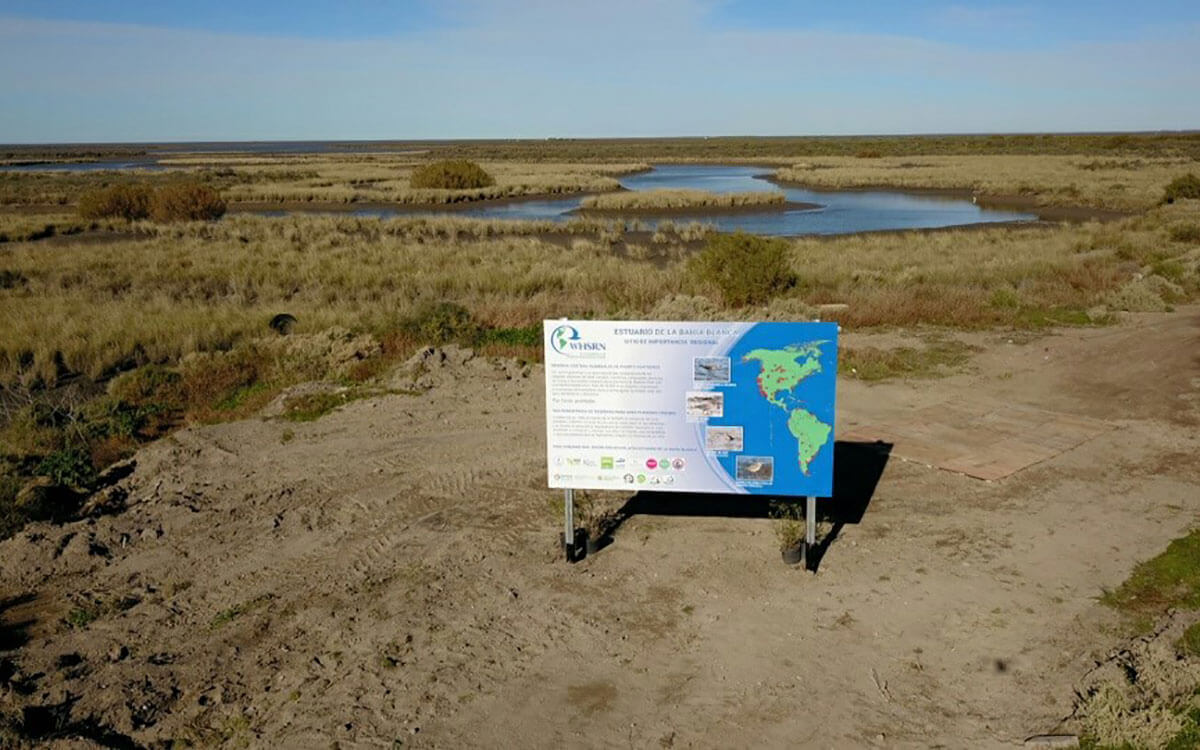
Unveiling the new WHSRN signs at the Bahía Blanca Estuary. From left to right: Eduardo Rosetto, Fishing and Nautical Club of Puerto Cuatreros, Raúl Martín, Municipal Delegate for Bahía Blanca in General Daniel Cerri, Pablo Petracci, Grupo GEKKO, Universidad del Sur, Romina Tejerina, with the non-governmental organization Guardianes del Estuario (Guardians of the Estuary), and OPDS Provincial Park Guards Ariadna Mamani and Martín Sotelo. Photo: Diego Luna Quevedo.
The new large signs (about 6.5 x 10 feet) were installed and presented at two of the six subsites that form part of the WHSRN site: the Cuatreros Wetlands Coastal Reserve and the Bahía Blanca Natural Provincial Reserve, in the wetlands at the mouth of the Sauce Chico River.
Today there are nine WHSRN sites recognized and designated in Argentina: two of Hemispheric Importance, four of International Importance, and three of Regional Importance.
For more information, contact our partner Pablo Petracci, of the Universidad Nacional del Sur in Bahía Blanca; pablopetracci@yahoo.com.ar
Cover Photo: Mixed flock of Hudsonian Godwits and Red Knots at the Bahía Blanca Estuary. Photo: Pablo Petracci.





